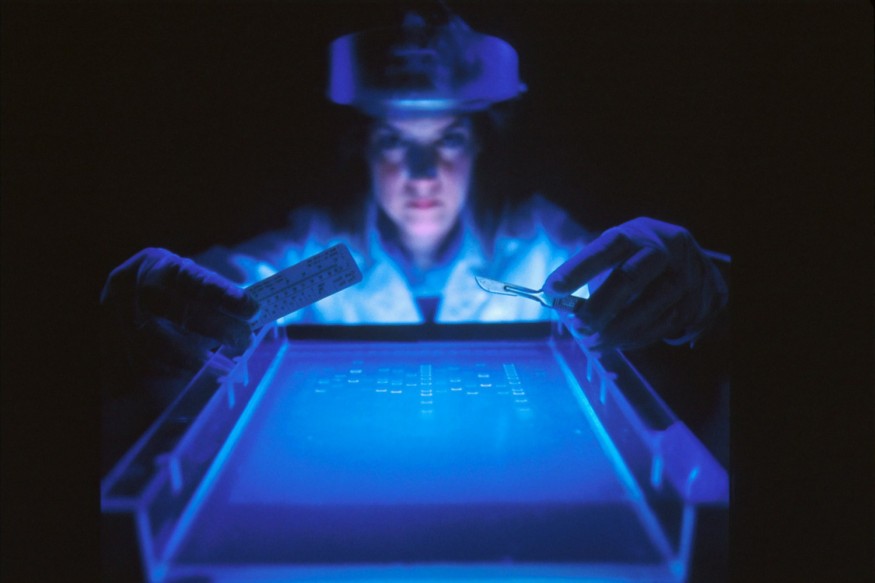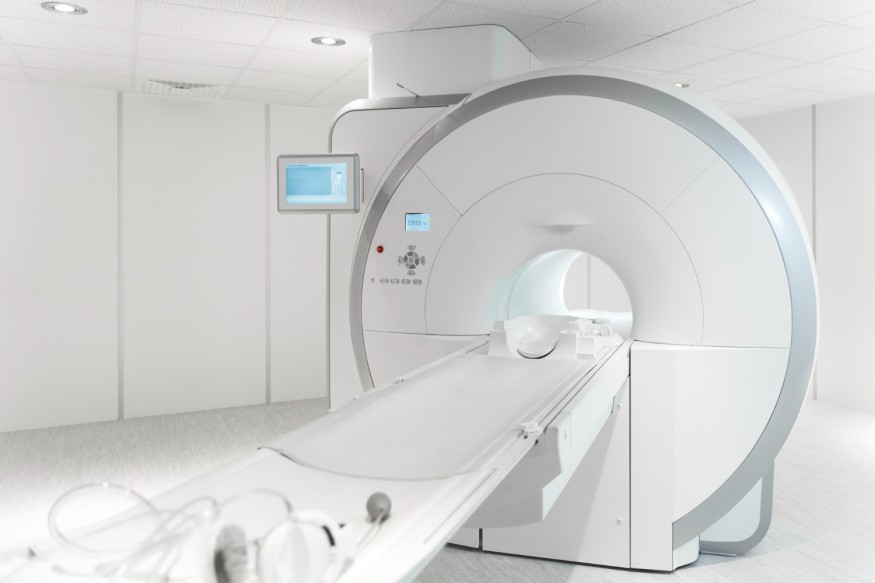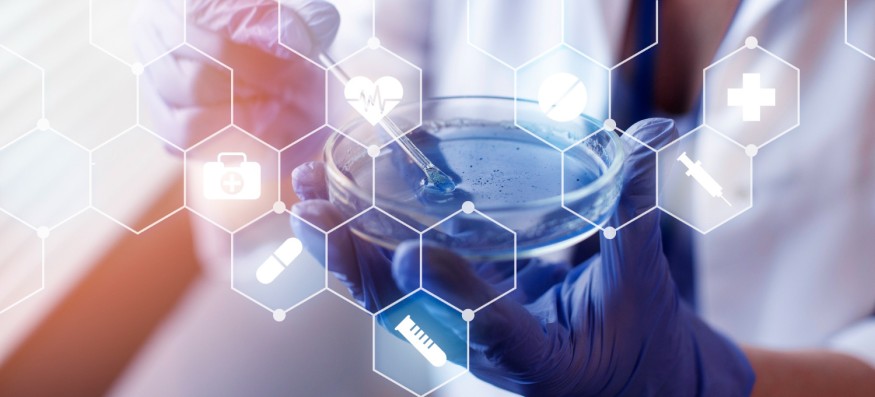
The healthcare industry is changing dramatically due to the rapid development of technology in recent years. From X-rays to MRIs, it is undeniable that healthcare has adapted to the continuous changes brought by human development. Because of these technologies, health workers can enjoy increased efficiency, and patients can access some of the most cutting-edge treatments.
No area of healthcare has been immune from the impacts of technology. It has always been a key space for industry innovation, and governments and organizations that recognize the fundamental role technologies play in medical treatment have facilitated their gradual adoption in the industry. In 2021, healthcare alone accounted for 12.1% of worldwide research and development (R&D) expenditures. As technology has become an inseparable part of healthcare today, learning about its transformative effects through the years for industry workers or holders of online FNP programs looking for placements will be invaluable to preparing for the future.
While new technologies bring new benefits, they also bring novel challenges for healthcare providers. Our job here is to approach healthcare technology with a critical eye and a curious heart, prioritizing questions such as how we can use technology to improve patient care and what we need to monitor to ensure increased quality care outcomes.
Electronic Health Records
The electronic health record (EHR) system has already been adopted and used in medical databases for several decades. It is one of the most widespread and significant drivers for healthcare transformation.
EHRs are essentially systematic records of patient information and data on a digital interface. From the view of healthcare workers, EHRs allow instant accessibility to health information. Recent advancements in EHRs also now support automated workflows, crucial for saving time, streamlining processes, and optimizing patient care. Automating EHR workflows means fewer human errors, increased information accuracy, and spending less time going through paperwork or making phone calls to exchange information for administrative staff. From the standpoint of patients, EHR systems increase convenience for information access. Patients do not need to go to their doctor's office to review records since they can be viewed through a patient portal. This is particularly beneficial for patients with mobility issues.
One thing to be mindful of in EHRs is the potential of lack of personalized or face-to-face patient care and the necessary patient-doctor relationship, which, as all would understand, is foundational to treatment. However, with the recent rise in telehealth technology, this can be redeemed through video meetings and virtual appointments.

Robotics
Robotic technology has significantly shaken up hospitals and clinics for the past 30 years, particularly in the surgical field. Robot-assisted surgeries augment the surgeon's skills as well as enhance post-operative results. They are like an appendage of the surgeon's hands, reducing shaking and increasing precision. Renowned sci-fi author Arthur C. Clarke once claimed that sufficiently advanced technology is indistinguishable from magic—this sort of magic, once only existing in our literary and cultural imagination, is now a reality transforming medical treatment as we know it.
The da Vinci surgical system is one of the most notorious and widely recognized medical robots. It has been adopted in hospitals around the world and used in procedures such as laparoscopic (abdominal or pelvic) surgery, thoracoscopic (chest) surgery, urological surgeries, and so on. The rise of 5G technology also paves the way for further advancements in the system.
Portable Medical Devices
It is common practice today for health insurance companies to give FitBits or Apple Watches to clients for free. Portable medical devices are especially useful for those with conditions such as diabetes or other diseases that require self-managed treatment. Promoting wearables can save almost $7 billion per year for the U.S. healthcare system.
These medical devices have features such as heart rate monitoring, sweat meters, exercise tracking, pedometers, sleep tracking, and oximetry. For example, the first four are extremely useful for those with diabetes or cardiovascular diseases, ensuring they are keeping good heart health, have adequate blood glucose levels, and are engaging in sufficient exercise and movement. Sleep monitors provide key data for those with sleep disorders such as insomnia or sleep apnea. Oxymeters measure the oxygen levels in blood and are incredibly important for those with respiratory illnesses such as COVID-19 or pneumonia.
These devices have also proved their worth in more extreme circumstances with their predictive analysis for the likelihood of major (and potentially fatal) health events. Your smartwatch is not only relieving stress on the healthcare industry by the dollar but is also saving lives by the minute.
Genome Sequencing and Editing
Gene-editing technologies such as CRISPR were first pioneered in the late 1990s. CRISPR is an enzyme that acts like a molecular 'scissor' capable of 'cutting' strands of DNA. However, with increased affordability and accessibility, the technology has made big strides in recent years.
Obviously, ethical considerations should be the utmost priority to prevent abuse or misuse of the technology. Nevertheless, gene editing will inevitably become more and more widespread across the healthcare industry, and we should not fear this as there is always the potential for its positive use. For example, CRISPR has opened new frontiers, from allergy research to a better understanding of cancer.
Augmented and Virtual Reality
Both are often used interchangeably, but they are, in fact, different technologies that serve different purposes. Augmented reality (AR) integrates digital information through computer-generated elements and stimuli into the user's real environment. Virtual reality (VR) is a fully simulated computer-generated experience that seems to represent the user's real environment.
AR has made enormous feats in medicine, as the technology allows unprecedented access to the internal workings of a patient's body. Companies such as AccuVein use AR technology to assist nurses and doctors in drawing blood. It is a handheld scanner that projects a green light, showing the location of each vein on the patient's body. VR has been particularly useful in both the training of healthcare professionals and the improvement of patient well-being. For healthcare professionals, VR simulators assist surgeons in upcoming operations and guidance on operation rooms in a three-dimensional space. For patients, VR has been used to educate patients on drug side effects and reduce anxiety before operations like endoscopic procedures.

3D Printing
In the 19th and 20th centuries, prosthetic limbs were made from a combination of wood, metal, leader, and glue. From the late 20th century to the early 21st century, materials such as aluminum, plastic, silicone, and titanium became more widely used. The advent of 3D printing in recent years has unleashed a great revolution in the production of prosthetics. Many prosthetics already use 3D printing technology, and they are greater in quality and accuracy, as well as cheaper, than ever imagined. It is a highly customizable technology so that each implant can be designed by each patient's body.
Not only has 3D printing been used on prosthetics, but it has also been used to print bones. Technology is naturally decentralized, and its innovative possibilities are, therefore, seemingly endless for healthcare providers.
Artificial Intelligence
Artificial Intelligence (AI) has been the main craze for the last couple of years, and it is one of those technologies that can transform healthcare entirely. From mining medical records to streamlining drug production, AI will become a chief framework for the future of healthcare. Atomwise, an AI-based drug discovery company, for example, aims to reduce the cost of medicine development by using supercomputers. As Big Data is like the 'fuel' for AI, it can assist in optimizing supply chains with predictive analysis of demand and supply. It can also provide prescription medicine according to user preference. Atomwise is not the only AI-pharmaceutical company, as there are already hundreds of other machine learning and AI-technology-based pharmaceutical startups.
With patient care, healthcare providers have also deployed AI to treat conditions such as diabetes. Admetsys has created AI solutions for blood-glucose sugar level monitoring for patients who have a severe form of or are critically ill from diabetes. The chip monitors blood glucose levels in real-time, and the AI technology can activate software if there is a need to administer insulin or glucose drips to which the patient is hooked. It does not require human intervention, which can allow hospital workers to focus on more complicated or intensive tasks. Other effective uses of AI in health include improved diagnosis, assisting surgeries, answering patient queries, and tailored treatment. The possibilities are limitless, and we must keep a close eye on its developments.
As long as technology keeps moving forward, so too will the healthcare industry. Future technological innovation will keep transforming healthcare, and at the same time, the industry must adapt to these changes.










